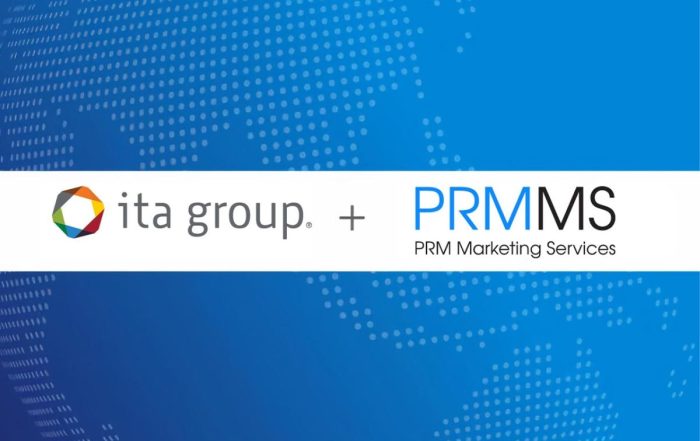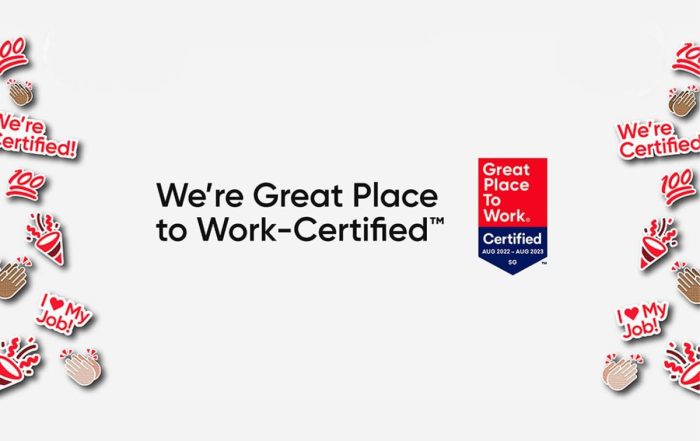Innovating Medical Equipment Manufacturing: Unlock New Growth with PRM
This article explores the potential of PRM for medical equipment companies, examining key strategies, real-world examples, benefits, and best practices for implementation. Let’s discover how PRM is pushing boundaries for the medical equipment manufacturing industry.
The medical equipment manufacturing industry has experienced massive change and disruption over the past decade. Faced with rising costs, increased regulation, competitive pressures, and technological innovation, medical device companies must efficiently bring new products to market to stay competitive and profitable. This has driven companies to create strong loyalty and relationship engagements with sales and distribution channels to be more effective in their go-to-market strategies. Companies now require new B2B2C strategies and solutions to engage their indirect sales channels to thrive in today’s landscape.
Partner relationship management (PRM) brings significant value, strategically nurturing relationships across the value chain to maximize reach, revenue, and market share. For medical equipment manufacturers, this means collaborating closely with distribution channels, healthcare providers, and other stakeholders by improving communication, engagement, and loyalty with these partners. PRM enables manufacturers to align mindshare, enhance interactions, and boost sales.
PRM has shown dramatic upside for manufacturers willing to invest in partnership-focused programs. With the industry facing so much turbulence and change, PRM may provide the competitive edge that manufacturers can leverage.
In this article, we’ll discover:

The Potential of PRM
Partner relationship management (PRM) programs offer a structured way for manufacturers to improve partner engagement, influence sales representatives, and gain a competitive edge.
By implementing PRM, manufacturers provide partners with real-time access to the latest product information, marketing materials, promotions and campaigns, and training resources. Sales teams are empowered with relevant data, insights and tools to effectively showcase products, address customer needs, and close deals. Through PRM analytics, manufacturers gain visibility into partner performance, market intelligence and can identify opportunities to refine their incentive programs, sales processes, and channel marketing.
A well-executed PRM strategy allows manufacturers to engage better their sales channels, enabling with relevant information and resources they need to be a trusted advisor for their customers. Distributors could also contribute assets that help them showcase the value of products act as a bridge between Channel partners and manufacturers.
PRM functions as a centralized hub for manufacturers, distributors, partners and other key stakeholder groups. Companies that lack a partner strategy often struggle with misaligned sales efforts, complex distribution, and poor visibility into channel effectiveness. PRM aims to resolve these issues by uniting technology, processes, and people behind revenue growth and customer success.
PRM Strategies and Solutions
Partner relationship management (PRM) strategies leverage technology to better engage channel partners and maximize sales opportunities. With the rise of mobile applications, smart personalization, and integrated technology solutions, PRM programs have a powerful set of tools to strengthen partner relationships and drive revenue growth.
1. Mobile Apps
Mobile apps provide on-the-go access to sales information, training materials, and other resources for partners. Manufacturers can create branded apps with sales calculators, product catalogues, order tracking, news/alerts, and other features to equip partners with real-time data. Apps facilitate lead sharing, inventory lookups, and other collaborations between manufacturers and partners.
2. Personalization
Data-driven personalization allows manufacturers to tailor communications and offers to specific partner segments and individual users. Segmentation by partner type, sales volume, territory, and other attributes lets manufacturers deliver relevant, targeted content. Personalized promotions, pricing, and rewards help motivate partner sales. AI-powered recommendation engines suggest products and cross-sells based on individual partner profiles and histories.
3. Integrated Technology
Integrated PRM suites unite CRM, content management, and sales tools into a centralized hub to provide a seamless omnichannel experience. With back-end integration with ERP and logistics systems that enable real-time data flows and API connectivity to external apps and databases for greater flexibility, partners can access the same up-to-date resources as internal sales teams. This also allows lead distribution, territory mapping, and MDF management to be automated and optimized.
By harnessing mobile, personalization, and integration, PRM systems empower manufacturers to better serve partners, drive productivity, and maximize sales through the channel. Advanced tools provide actionable insights to identify high-potential partners and untapped opportunities. Overall, modern PRM strategies aim to simplify engagement, improve satisfaction, and ultimately gain a competitive edge.

Key Benefits of PRM
Partner relationship management (PRM) programs offer numerous benefits that can help medical equipment manufacturers gain a competitive edge. By building stronger relationships with channel partners through a PRM approach, manufacturers can achieve increased sales, greater market share, and a sustained competitive advantage.
1. Increased Sales and improve Market Share
One of the biggest benefits of PRM is its ability to directly influence partner sales by providing partners with better training, marketing support, and incentives. PRM helps manufacturers enable and support partners with data, insights and alerts to be able to actively promote and sell more of their products. PRM allows manufacturers with tools and strategies to influence partner behaviors that directly impact sales. PRM gives manufacturers more control and visibility into critical distribution channels to help plan right strategies to gain market share.
2. Sustained Competitive Advantage
PRM delivers significant competitive advantage for medical equipment manufacturers through improved sales and market share. Partners who sell more products and stock more inventories become invested in that manufacturer’s brand and offerings more than competing brands and hence making it harder to substitute at retail level. PRM can create a cycle where stronger partner relationships lead to increased sales and market share, thereby further deepening those relationships.
Strengthening partner relationships directly impacts key performance metrics and market position. PRM represents an opportunity for manufacturers to improve channel execution, distribution and ultimately bottom-line results.
Implementing a PRM Program
To successfully implement a PRM program, careful planning and management is essential. Some of the best practices recommended are:
- Set clear objectives, KPIs and ROI.
- Design a clear partner journey and experience roadmap.
- Define partner tier, design communication and incentive structure.
- Deploy a flexible partner engagement platform.
- Create personalized partner portals.
- Generate and integrate PRM insights.
- Establish a strong program management and engagement team.
- Evaluate program performance continuously.
- Refine and adjust program strategy.
- Focus on high-value partners first.
- Establish a PRM Ecosystem.
Adopting a PRM strategy does come with some potential risks and challenges that manufacturers should be aware of, such as:
- Integration with extended systems
- Change management
- Measuring ROI
- Encouraging Partner Participation
- Security & Access Controls
While PRM offers significant potential and is ultimately rewarding, manufacturers should carefully evaluate risks vs rewards, and implement the program in a phased approach. It is also paramount to engage a PRM solutions provider that recognizes any potential challenges and complexities prior to the eventual solution implementation. With proper planning and execution, many of these risks can be effectively mitigated.

Conclusion
Partner relationship management (PRM) programs offer a promising solution to help manufacturers meet industry challenges and gain a competitive edge.
PRM provides a strategic approach to managing partnerships across the value chain, from suppliers to sales channels. By leveraging PRM strategies and solutions like mobile apps, personalization, and integrated technologies, manufacturers can amplify sales, secure market share, and exert greater influence on key partners.
As the case studies demonstrated, early adopters of PRM have seen increased revenue and margins, reduced costs, and improved partner loyalty and retention. While implementing a PRM program requires an investment of time and resources, the long-term benefits appear to outweigh the costs.
Looking ahead, PRM is poised to become a critical tool for medical equipment manufacturers seeking to thrive in an intensely competitive landscape. Companies that embrace PRM now can gain a first-mover advantage and set themselves apart from the competition.
However, manufacturers must approach PRM thoughtfully, with careful change management and buy-in from stakeholders. They should also diligently track ROI across the partner ecosystem. Collaborating with a reliable PRM solutions provider and paired with a strategic, patient approach, PRM promises to be a transformative innovation for the medical equipment sector.
Elevate your business to new heights with a tailored PRM program!
Take the next step towards unlocking unparalleled growth and success in the medical equipment manufacturing industry. Partner with us to build a customized PRM program tailored to your unique needs and objectives! Contact us today to embark on this transformative journey with confidence.












